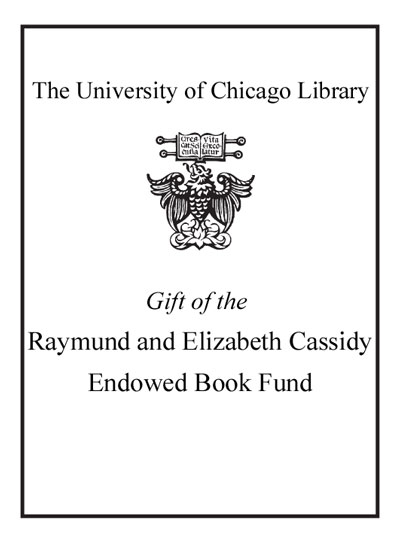Review by Choice Review
This well-researched and historically informed book covers the genesis and development of Central Asia's foreign policy in a broad historical framework. The geographic area Mott designates as Central Asia is a vast region that extends from eastern Russia and includes today's Afghanistan, Kazakhstan, Kyrgyzstan, Mongolia, Tajikistan, Turkmenistan, Uzbekistan, and western China. Central Asia's foreign policy has long been shaped by the region's nomadic culture, unique geography, and interaction with settled and established neighboring states, such as China, Iran, and Russia. Mott uses a number of historical examples, such as the ancient Xiongnu culture, the medieval Mongol Empire, and the contemporary case of the fall of the Soviet Union, to illustrate how Central Asia's diplomacy and warfare evolved through an interlocking system of informal relationships, indirect rule, and rapid military movement. He also examines the processes by which Central Asian nomads were influenced by the more powerful and sedentary states with which they interacted and how established states absorbed some of the sociocultural values of the nomads. This thought-provoking book sheds new light on Central Asia's history. Summing Up: Highly recommended. Upper-division undergraduate, graduate, and research collections. --Nader Entessar, University of South Alabama
Copyright American Library Association, used with permission.
Review by Choice Review

